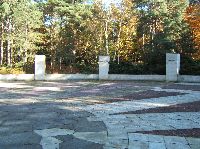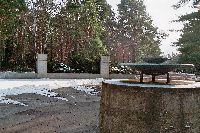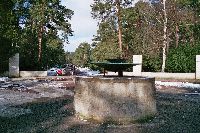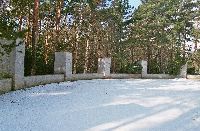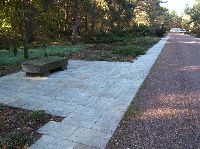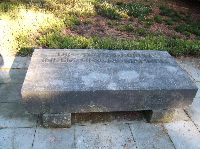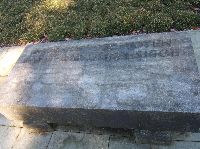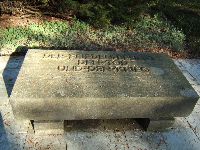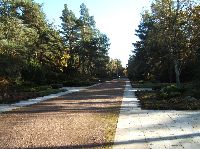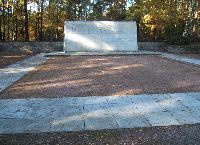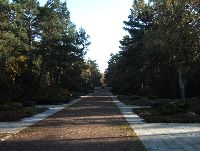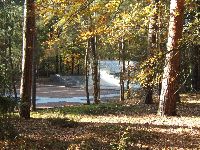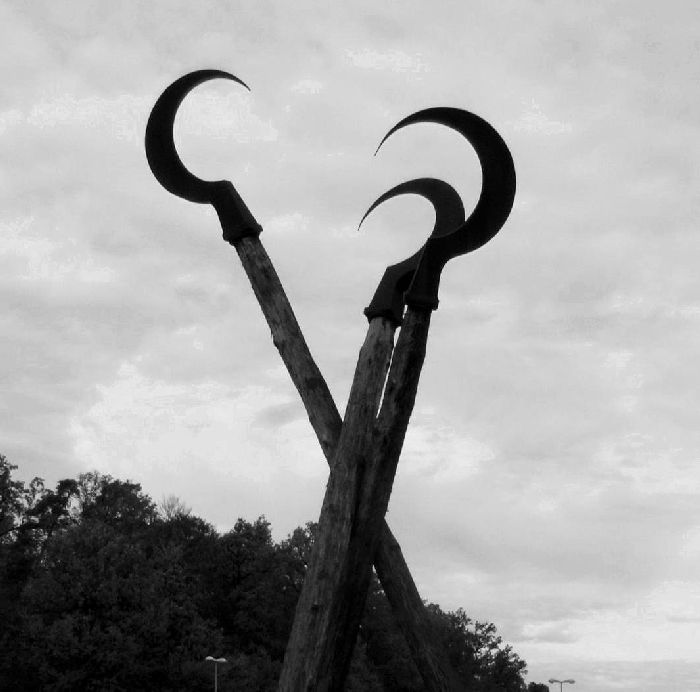Memorial complex and mass grave for air raid victims at the Heidefriedhof cemetery in Dresden
Pictures and text by Mark R. Hatlie
These pictures were taken on 24 October, 2008 and 13 February, 2009. The snowy pictures and the ones showing the ceremony are from the February date. Click here skip ahead and see the ceremony pictures.
This memorial complex is part of a long "axis" that begins approximately in the middle of the cemetery. To the right of the central walkway, the axis begins with the International Federation of Resistants and continues until it reaches the round ceremonial area where these pictures begin.
This complex was built up in its current form during the communist period. While it lacks outward and obvious communist symbols, the representation is consistent with East German memory politics which sought to put NATO in a bad light by associating the British and American bombings from World War Two with the crimes of Nazi Germany.
The site is still used for ceremonies on the anniversary of the bombing raid. The photos here show the ceremony on 13 February, 2009. You can read some more details about what was going on here at the ceremony and in other parts of the city "Dresden - a contested site of memory" at the sites-of-memory blog.

|
Several hundred people came by bus and in private cars out to the cemetery and gathered near the memorial. |

|
I was filming when the dignitaries came, so I didn't get any photos. But some of the people who came before and after them are in this shot. |

|
A ceremonial unit of the Bundeswehr prepares to lay the official wreaths. |

|
The area immediately in front of the memorial is blocked off to keep the crowd back. |
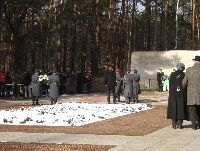
|
Dignitaries lay their wreaths at the memorial. |
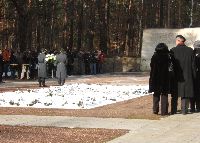
|
. |
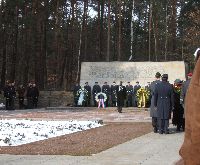
|
. |

|
. |

|
. |

|
. |
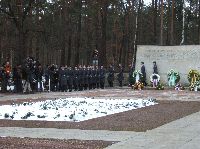
|
. |

|
. |
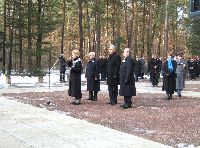
|
The mayor of Dresden, Helma Orosz (Christian Democratic Party), gives the memorial speech. |

|
. |

|
After the official part of the ceremony, the barrier tape is reeled in and the crowd lines up to place wreaths, mementos and flowers at the memorial. |
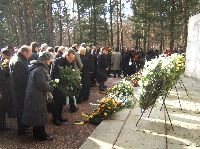
|
. |

|
. |
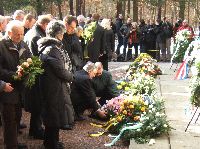
|
. |
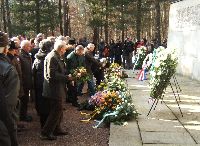
|
. |

|
I talked to this woman on the way into the cemetery. She was seven years old when she lost her mother and siblings in the air attack. |
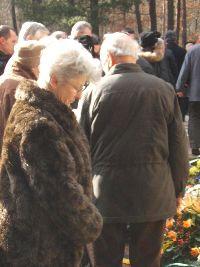
|
. |

|
. |
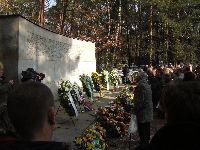
|
. |

|
. |

|
. |

|
. |

|
. |
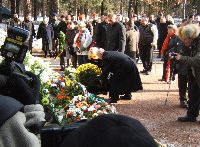
|
. |
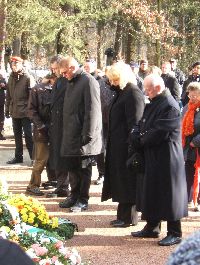
|
. |
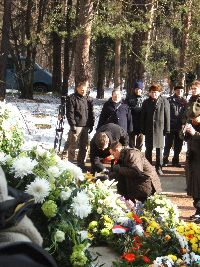
|
. |
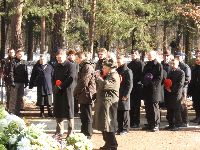
|
. |

|
The young men in the red hats are members of a student fraternity. |

|
. |
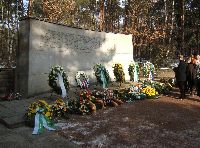
|
. |
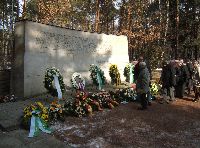
|
. |

|
. |
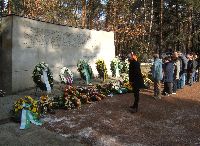
|
. |

|
. |
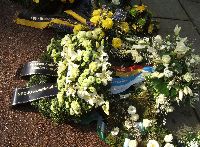
|
This photo shows the wreath laid by the local National Party of Germany placed on top of the wreath of the Central Committee of Jews in Germany. This led to a minor scandal you can read about in the blog above |
